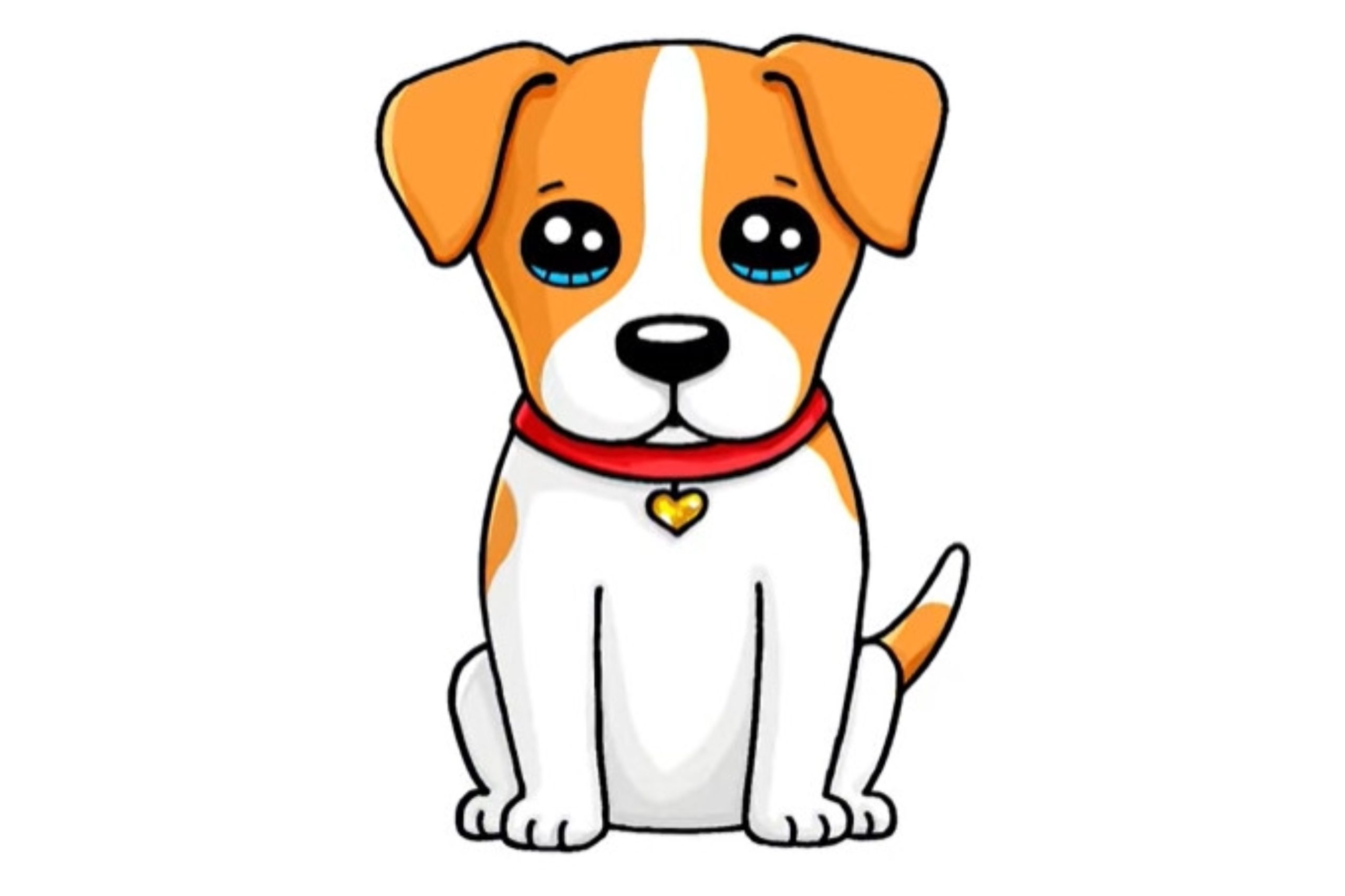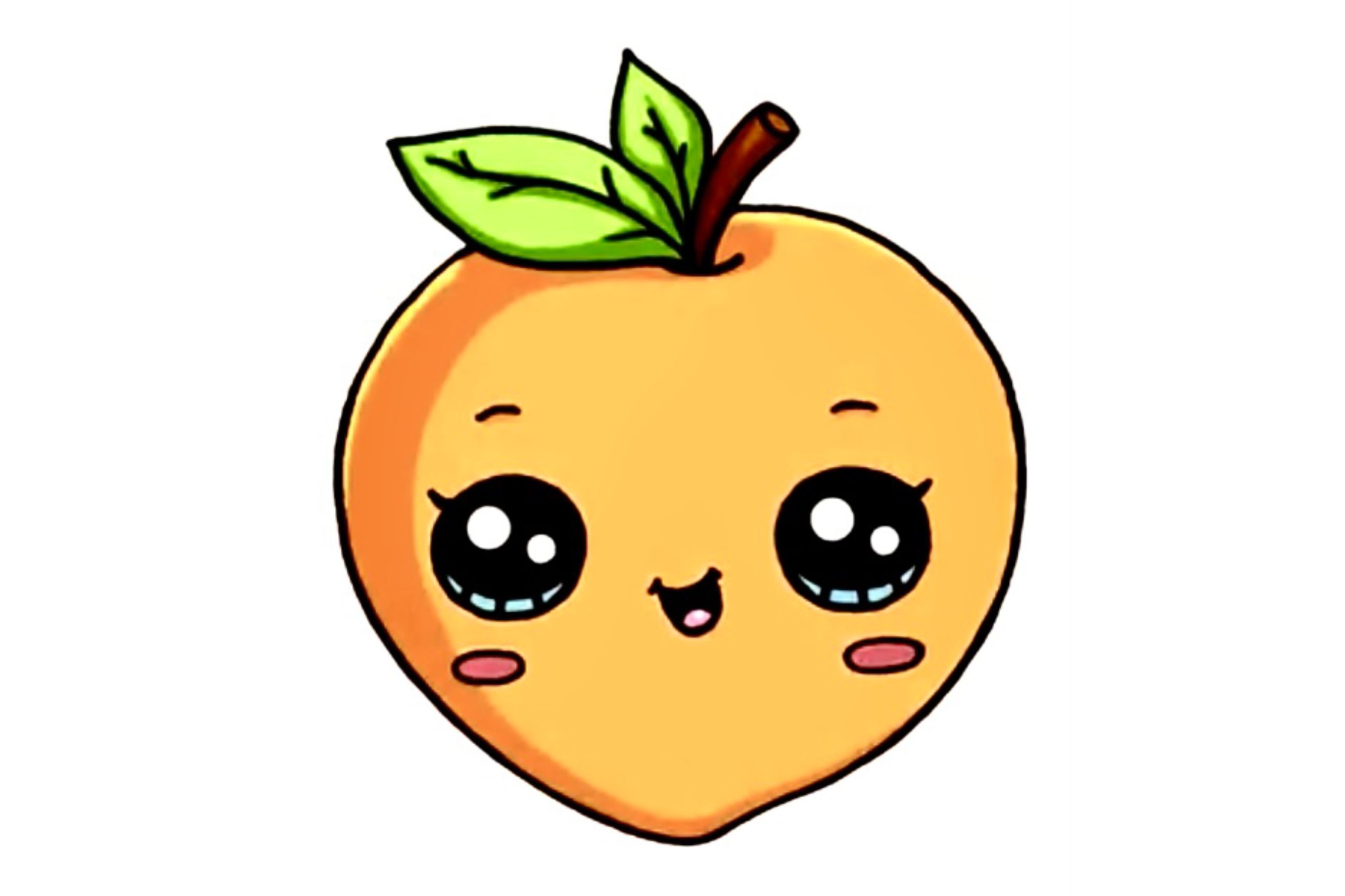Welcome to the fascinating world of Rubik’s Cube! This iconic puzzle has captivated minds and sparked curiosity since its invention. The Rubik’s Cube was created in 1974 by Ernő Rubik, a professor of architecture from Hungary. As an architect, Rubik was fascinated by three-dimensional geometry and sought a way to demonstrate complex concepts to his students. Little did he know that his invention would soon transcend the classroom and become a global sensation. The Rubik’s Cube gained worldwide recognition in the 1980s when it became a cultural phenomenon. Its popularity skyrocketed, capturing the attention of millions and sparking a global craze. Competitions, and even dedicated solving methods emerged, further cementing the Rubik’s Cube’s place in history. It quickly became a symbol of intellectual prowess and a source of endless fascination for enthusiasts of all ages.
Now, let’s dive into the world of art and learn how to draw Rubik’s Cube. In this tutorial, Jorz.art will guide you step by step, unraveling the secrets behind bringing this puzzle to life on paper.

How To Draw Rubik’s Cube
Ensure you have the following supplies ready:
Pencils: A variety of graphite pencils for sketching and shading.
Erasers: Regular erasers for precision.
Paper: High-quality paper or a sketchbook.
Reference images: Gather images of the character.
- Step 1 – Drawing the Dots
- Step 2 – Drawing The Rectangle
- Step 3 – Continue drawing more lines
- Step 4 – Drawing more lines
- Step 5 – Connect the edges
- Step 6 – Create the smaller blocks inside
- Step 7 – Create smaller blocks
- Step 8 – Let’s color
- Tips On How To Draw Rubik’s Cube
- FAQ On How To Draw Rubik’s Cube
Step 1 – Drawing the Dots

Rubik’s Cube Drawing Step 1
Let’s get started with Step 1, start by drawing two dots on the paper. One dot will be on the left side of the paper, and the other dot will be on the right side. These two dots represent the edges of our Rubik’s Cube. Make sure they are at the same horizontal level, as if they’re standing side by side. Then, add two more dots to our drawing. These dots will be in the middle, right between the first set of dots. One dot should be placed above the first set of dots, and the other dot should be below them. By drawing these dots, we’re setting the foundation, these dots will later become the corners and edges of the cube.
Step 2 – Drawing The Rectangle

Rubik’s Cube Drawing Step 2
Connect the dots to create guidelines for the edges of the cube. Start by drawing a line that goes from the left dot to the upper dot. Imagine this line as a path that connects the two dots. Next, draw another line that goes from the right dot to the lower dot. Now, step back and take a look. Do you see how these lines form a sideways “V” shape? Draw a line that connects the bottom of the “V” shape. In Step 3, we’ll add even more details to our drawing.
Step 3 – Continue drawing more lines

Rubik’s Cube Drawing Step 3
Start by drawing a straight line downward from the middle of the table’s top. This line will be like a strong pillar, holding up our magical table. It’s almost like drawing a long, skinny rectangle standing on end..
Step 4 – Drawing more lines

Rubik’s Cube Drawing Step 4
Now, let’s add two more lines on the sides of our pillar. These lines will be parallel to the first line we drew in step 3. Think of them as the supporting legs of our table. Make sure to keep the lengths of these lines the same, so our table stands tall and balanced.
Step 5 – Connect the edges

Rubik’s Cube Drawing Step 5
Time to connect the edges of the table to the bottom of the legs to form a cube-like shape. Adding walls to our table, turning it into a fantastic Rubik’s Cube display! These lines will reach out, like long arms, to meet the bottom of the legs. As you extend the lines, you’ll see the cube-like shape taking form.
Step 6 – Create the smaller blocks inside

Rubik’s Cube Drawing Step 6
To create the smaller blocks inside the cube, divide one side of the cube into three equal sections. Draw two vertical lines that divide the side into three columns. Repeat this process on the opposite side of the cube. Draw two vertical lines that mirror the ones you just made on the first side. Our cube is now filled with smaller sections, ready to be filled with vibrant colors.
Step 7 – Create smaller blocks

Rubik’s Cube Drawing Step 7
Now, let’s focus on the divisions we created in Step 6. Remember those vertical lines that turned our cube into mini canvases? Well, it’s time to connect them and create the smaller blocks inside the Rubik’s Cube. Drawing horizontal lines that connect the vertical lines on each side. It’s like building bridges that connect neighboring buildings in our colorful cityscape. These lines will complete the walls of our smaller blocks, giving them their distinct shapes. As you draw these horizontal lines, you’ll see the smaller blocks inside the Rubik’s Cube taking form.
Step 8 – Let’s color

Rubik’s Cube Drawing Step 8
Now it’s time to grab your markers and let your imagination run wild. We’ll use yellow, red, and blue markers to color the Rubik’s Cube. But guess what? You can also use any other colors that you love! It’s your journey, and you have the power to make it uniquely yours. Take your yellow marker and color one side of the Rubik’s Cube.Next, grab your red marker and color another side of the cube. Finally, take your blue marker and color another side of the cube. Our Rubik’s Cube is coming alive with colors. There’s an optional step that can make it look even more realistic. Grab your black colored pencil and carefully thicken the lines between each block.
Your Rubik’s Cube Is Complete!
Congratulations on successfully drawing and coloring your very own Rubik’s Cube. How about exploring nature and drawing some beautiful flowers? You can create a colorful garden full of blooming roses, daisies, and tulips. Or maybe you’d like to draw your favorite animals, like a cute puppy or a majestic lion or your beloved characters from a beloved animated film having exciting adventures. You can bring them to life on paper and make them as realistic or as whimsical as you’d like, Jorz.art has all of this tutorial for you.
Tips On How To Draw Rubik’s Cube
Experiment with Different Perspectives: Instead of drawing the cube from a straightforward view, try incorporating interesting angles and perspectives to add dynamism and depth to your drawing. Consider drawing the cube at a tilted angle or from a bird’s-eye view.
Play with Lighting and Reflections: To make your Rubik’s Cube drawing more visually engaging, experiment with different lighting effects. Add reflections or highlights to the individual squares to create a glossy or reflective appearance, enhancing the realism of your artwork.
FAQ On How To Draw Rubik’s Cube
How can I ensure clean and precise lines while drawing the Rubik’s Cube?
Using a ruler or a straight edge can help you achieve clean and precise lines in your Rubik’s Cube drawing. Take your time and use light, confident strokes to create sharp edges. Erase any stray lines as needed to maintain a clean appearance.
Any tips for drawing the smaller squares within the Rubik’s Cube?
To draw the smaller squares within the Rubik’s Cube, maintain consistent spacing and size. Using a ruler or a grid as a guide can help you achieve uniformity. Pay attention to perspective and adjust the squares’ shape and size accordingly based on their position on the cube.
Welcome to the fascinating world of Rubik’s Cube! This iconic puzzle has captivated minds and sparked curiosity since its invention.… View More









